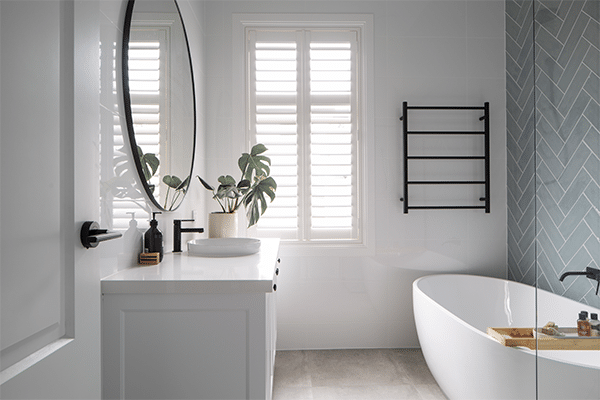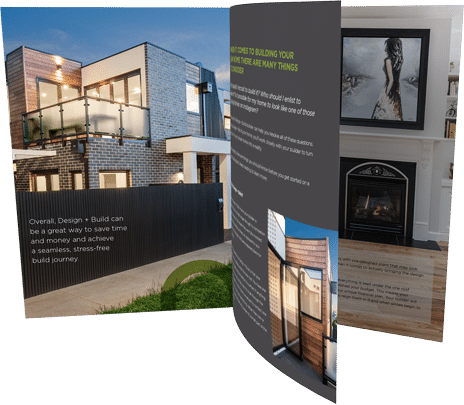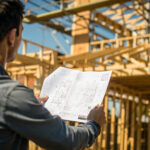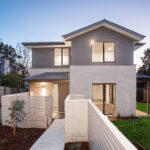Making the decision to build a custom home can stir feelings of excitement and angst all at once. You probably have several ideas floating around in your head, which makes it hard to actually visualise how these ideas will come together.
That’s why creating a moodboard is a pivotal step in the custom home building process.
From deciding on a style, to selecting a colour palette and working out what materials you can combine, a moodboard allows you to see how those different ideas work together before making any financial commitments. It’ll also help you to focus your ideas and identify your source of inspiration.
What is a moodboard and why is it important?
Moodboards are a collection of ideas that help you organise and plan for the design of a space. They generally consist of images, materials, pieces of text or other clippings that are intended to explore a particular style or concept.
The purpose of a moodboard is to help explore ideas and figure out the style, mood, colours and overall feel of a room or project space.
Many interior designers and architects like to use moodboards to share their ideas with clients, but regardless of if you’re working with a designer or not, creating a moodboard can help keep your project on track and ensure that your personal style is reflected. Moodboards are also a great way to communicate your vision to your custom home builder.
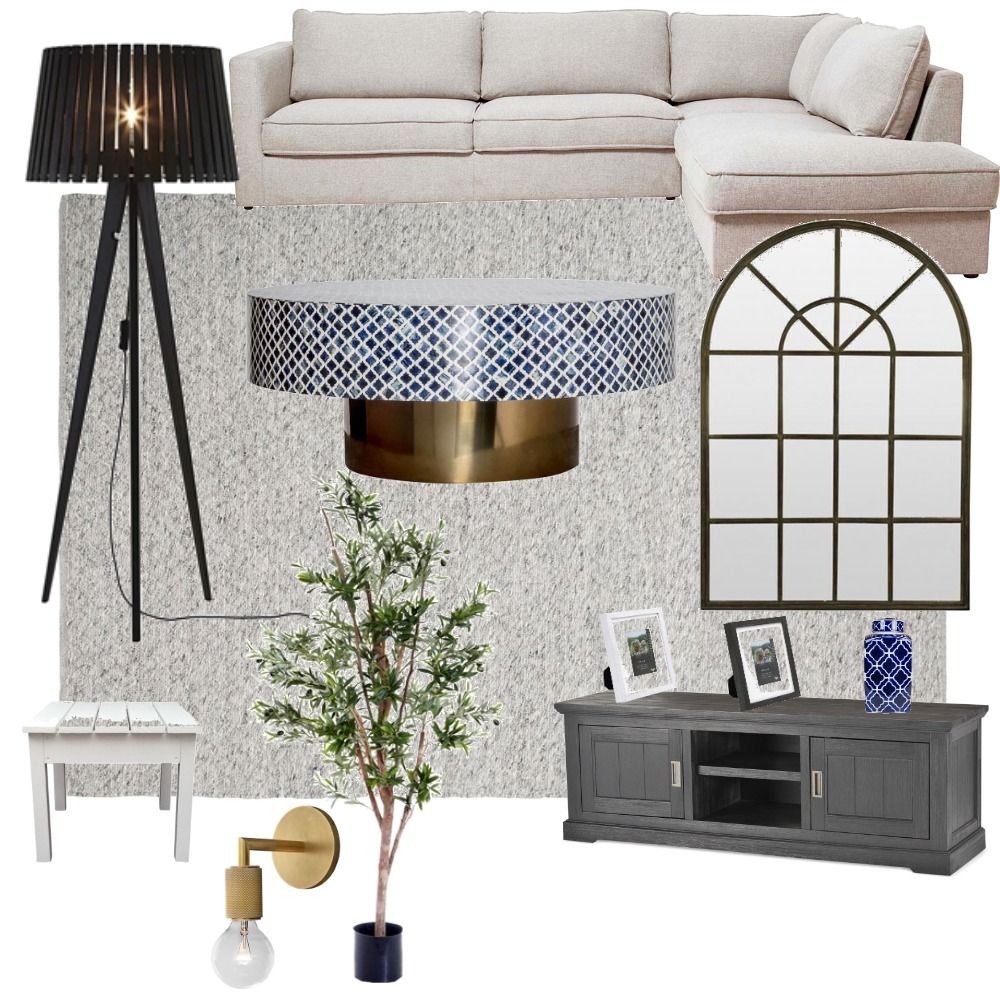
A moodboard created for our recently completed Story House.
How do I make a moodboard?
Moodboards can either be created on your computer, or the good old-fashioned way – by hand. If you’re choosing to create your moodboard by hand, you’ll need glue, paper, magazines, scissors, paint charts, wallpaper and fabric samples.
If you’re more tech savvy, you might have access to design programs like InDesign or Photoshop, both of which are great for creating moodboards. If these programs are a little too complicated, give Canva or Google Slides a try – these are great because you can add pins from Pinterest, which has millions of home inspiration images.
Another (free) program worth checking out is Style Sourcebook, which allows you to mix and match thousands of products from different retailers!
If you’re a more detailed-oriented person, consider creating a separate moodboard for each room of your home that showcases components you’d like to inspire the space. Otherwise, a separate moodboard that represents the interior and exterior of your home will do just fine.
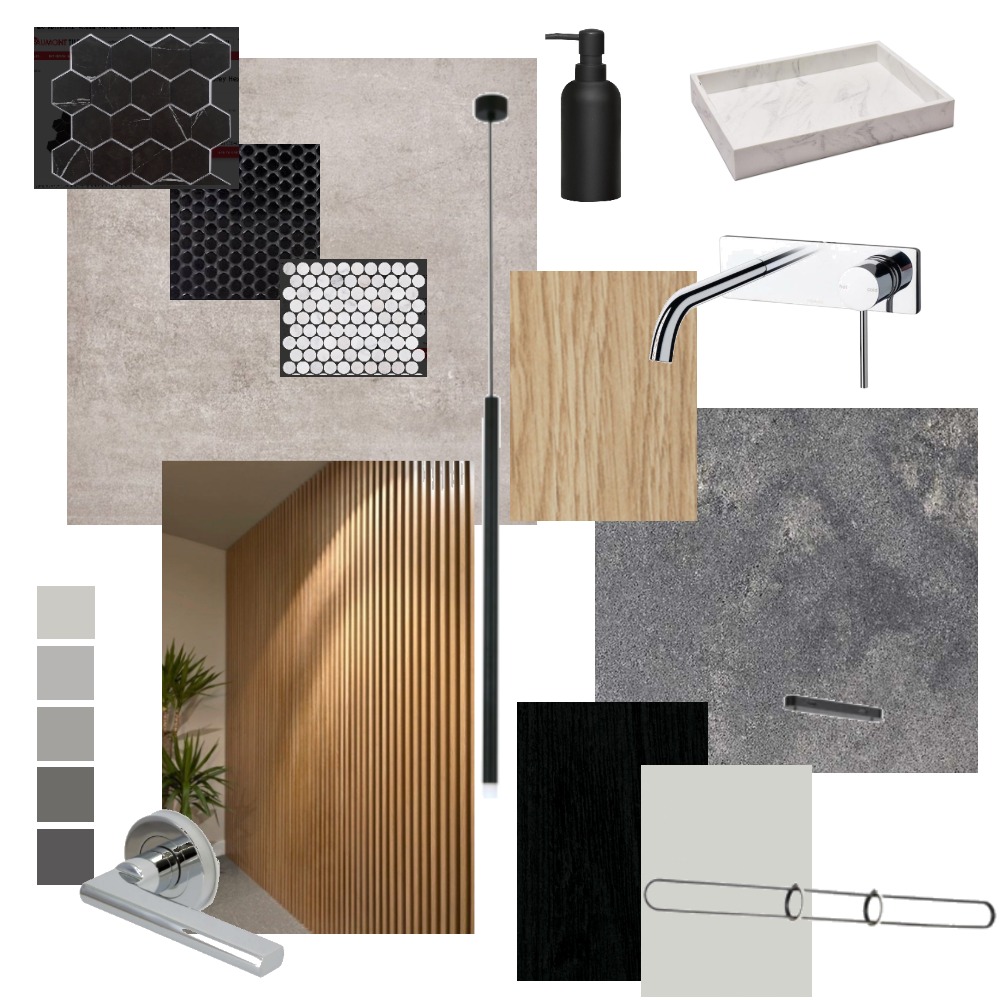
A Style Sourcebook moodboard created for our upcoming Step House project.
What elements should I include on my moodboard?
Be sure to include all the elements of your space on your moodboard, as it can be easy to forget less prominent features of the room. To sum it up, your moodboard should capture:
- The overall feel of the space
- Furniture pieces, representing what you already own and new pieces you’ll need
- Artwork
- Rugs
- Paint swatches
- Window treatments
- Flooring
- Accessories
Once your moodboard is complete, take a step back, absorb it and think it over. After these ideas have marinated for a while, make any edits or adjustments if anything just doesn’t feel right.
___
If you’re looking for guidance when it comes to creating a moodboard for your custom home, get in touch and book an appointment at the RODA Style Studio. Our Colour Consultant Stephanie is ready to help bring your dream home design to life.

